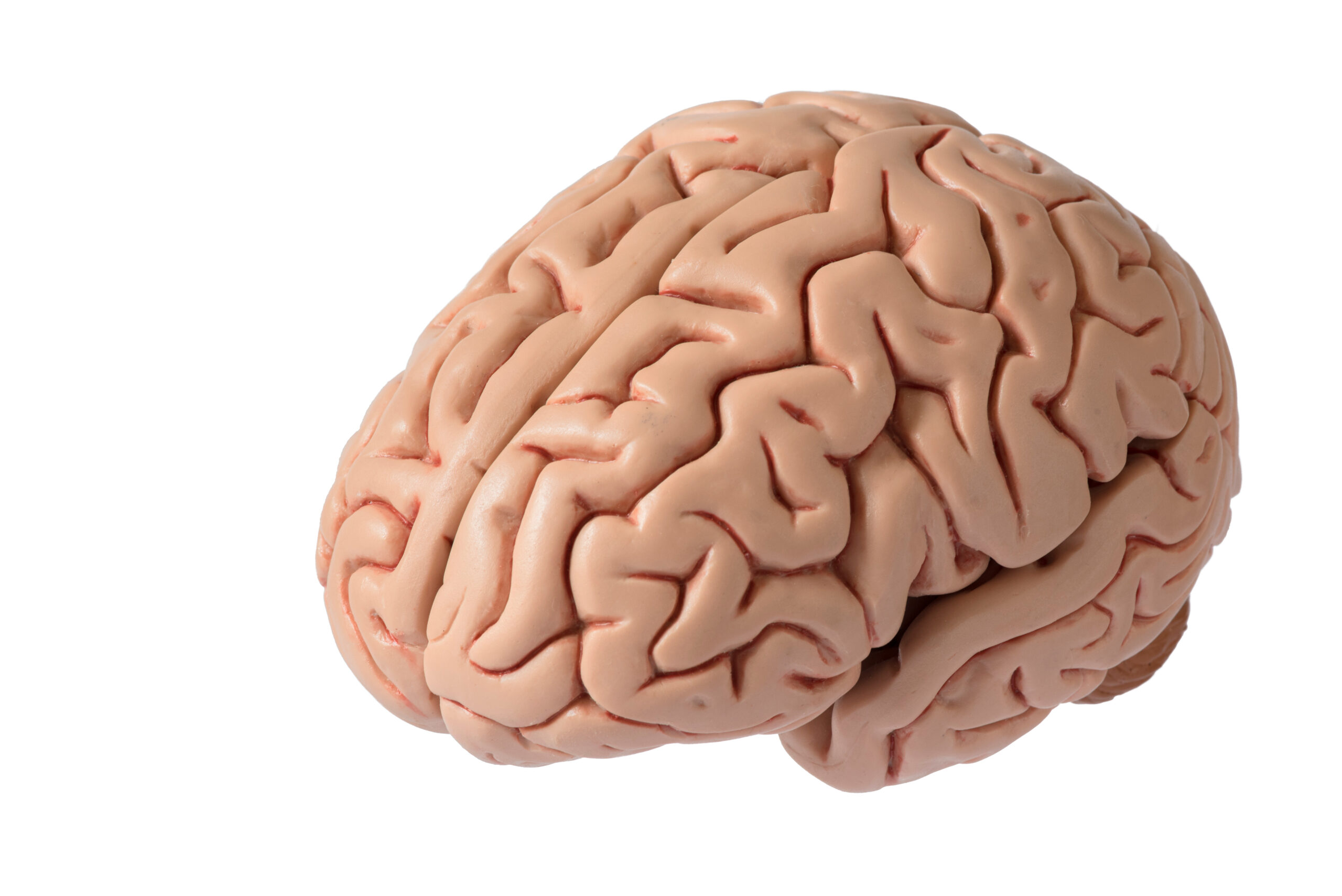The Fascinating Science of Neural Regeneration
### The Fascinating Science of Neural Regeneration
Neural regeneration is a complex and fascinating field of science that aims to understand how the brain and nervous system can repair and restore damaged tissues. This process is crucial for treating various neurological conditions, including those that affect vision, such as glaucoma and macular degeneration.
#### How Neural Regeneration Works
1. **Surviving Cells**: The first step in neural regeneration is to keep the damaged cells alive. In the case of the optic nerve, this means preserving retinal ganglion cells, which are responsible for transmitting visual information to the brain.
2. **Cell Maturation**: For neurons to regrow, they need to become more immature, similar to how they developed during early childhood. This process allows them to grow and connect with other cells again.
3. **Overcoming Inhibitors**: Nerve fibers that regrow must overcome signals that inhibit their growth. These inhibitors are like roadblocks that the regenerating axons need to bypass.
4. **Connecting to the Brain**: Once the axons have grown, they need to connect to the correct location in the brain. This is a challenging task, as the axons must navigate through complex pathways to reach their targets.
#### Recent Advances
Researchers have made significant progress in understanding these processes. For instance, a U.S.-based clinical trial is using ciliary neurotrophic factor-secreting implants to help glaucoma patients. These implants aim to keep retinal ganglion cells alive and promote their survival, which is crucial for any potential regeneration[1].
Another breakthrough comes from a study by Chloe Moulin, a graduate student at the University of Miami. She developed a new method using precision laser micro-optics to study how optic nerves respond to injury and heal. This method provides critical data that could help in developing whole-eye transplants, which could benefit people with advanced macular degeneration, glaucoma, or diabetic retinopathy[2].
#### Tadpoles and Neural Regeneration
Tadpoles are fascinating models for studying neural regeneration. Unlike humans, tadpoles can regenerate their optic nerves naturally. Researchers are studying how tadpoles achieve this remarkable ability, hoping to apply this knowledge to human patients. Tadpoles regenerate their nerves by preventing cell death and allowing surviving retinal ganglion cells to send out new axons. This process takes about 14 days and involves the nerves growing haphazardly until they find their reconnection point in the brain[2].
#### The Role of Stem Cells
Stem cells have the potential to differentiate into various cell types, including neurons and astrocytes. These cells play a crucial role in neural regeneration by promoting tissue repair and providing local nutritional support to neurons. However, the inflammatory response following injury can cause secondary damage to neurons. Over time, the body transitions from an inflammatory response to an anti-inflammatory response, which is essential for tissue repair and regeneration[4].
#### Multifactorial Therapies
Researchers are exploring multifactorial therapeutic strategies to promote optic nerve regeneration. These strategies involve combining different treatments to stimulate growth and suppress growth inhibition signals. For example, manipulating specific genes and stimulating retinal activity can lead to axon regeneration and reconnections with the correct targets in the brain. Additionally, using nanoimprinting technology to guide the growth of retinal ganglion cell axons has shown promising results[5].
### Conclusion
Neural regeneration is a complex and dynamic field that holds great promise for treating neurological conditions. By understanding how cells survive, mature, and connect, researchers can develop more effective treatments. The use of advanced technologies like laser micro-optics and stem cells is providing new insights into this process. While significant challenges remain, the ongoing research in this field is bringing us closer to restoring vision and improving the quality of life for those affected by neurological disorders.





